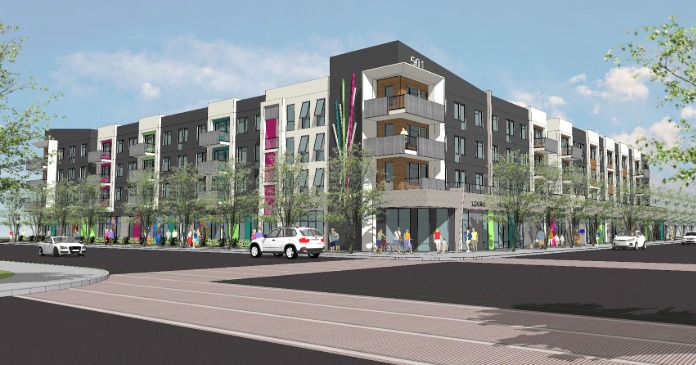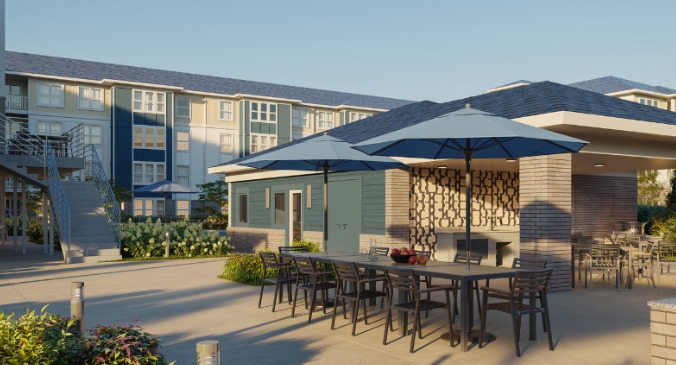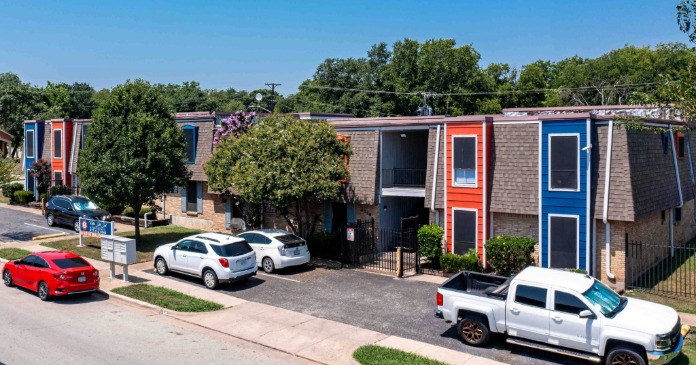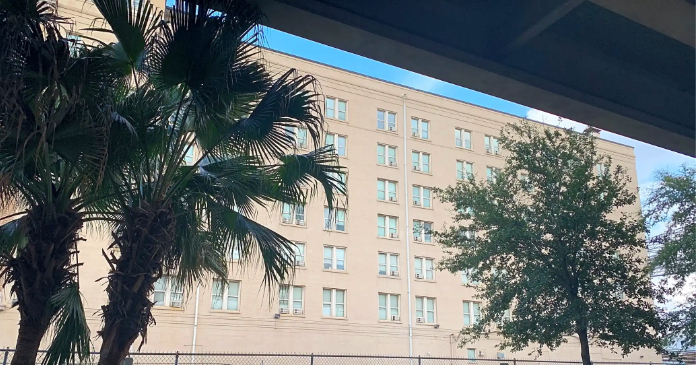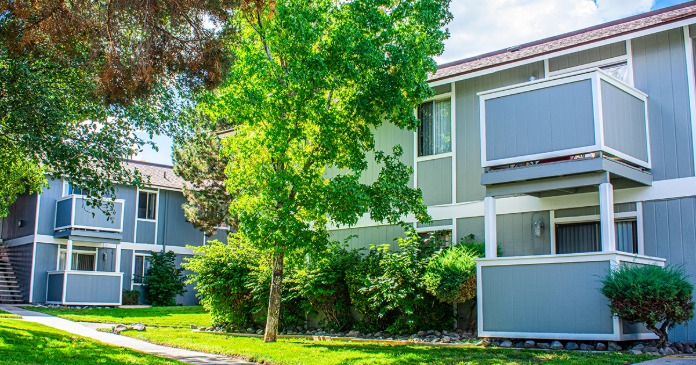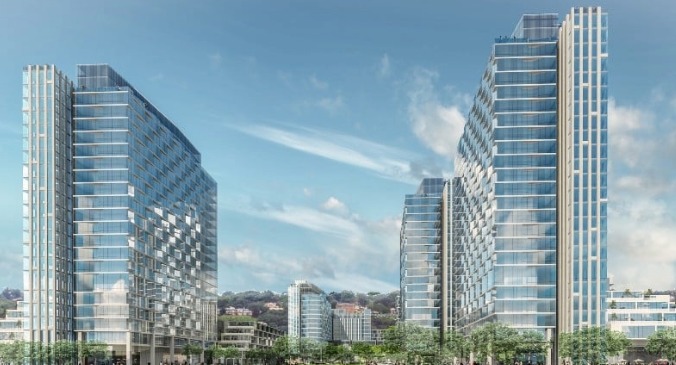Commercial real estate’s multifamily sector delivered a tale of two markets in the second quarter, with robust annual growth masking quarterly volatility as investors navigated policy uncertainty and shifting lending conditions according to a report from CBRE.
Multifamily properties maintained their position as the dominant commercial real estate investment category, capturing $33 billion in transaction volume during Q2 2025 and representing 34 percent of total investment activity. While this figure marked a 19 percent decline from the unusually high $40.7 billion recorded in Q2 2024—largely attributed to Blackstone’s $10 billion acquisition of AIR Communities in that quarter—the underlying fundamentals provide reasons for optimism.
When stripped of such entity-level mega-transactions, single-asset multifamily investments actually increased 9.4 percent year-over-year to $26.4 billion, signaling sustained appetite for apartment buildings and rental communities across the country. The sector’s four-quarter trailing volume of $148.9 billion represented a robust 21.8 percent increase from the prior year, underscoring the resilience of multifamily as an investment vehicle amid economic uncertainty.
Geographic hotspots drive growth
Regional markets demonstrated significant variation in multifamily investment activity, with several metropolitan areas experiencing dramatic growth. Las Vegas led the pack with a 377 percent increase in multifamily investment volume, followed by Kansas City with 112 percent growth and Seattle with 108 percent expansion. These markets benefited from favorable demographic trends, including population migration patterns and employment growth that bolstered rental demand.
Major metropolitan areas also showed strong performance, with Dallas-Fort Worth recording $11.3 billion in multifamily transactions—a 51 percent year-over-year increase—while Greater New York captured $10.7 billion with 43 percent growth. San Francisco Bay Area multifamily investments reached $6.7 billion, marking a 35 percent uptick that reflected renewed confidence in high-cost coastal markets.
International capital shifts focus
International investors demonstrated increased focus on U.S. multifamily property in Q2. For the first time since Q2 2024, multifamily was the leading property sector for inbound cross-border investment, attracting $1.4 billion. This is despite this investment type seeing a 30 percent year-over-year decline. This shift to multifamily reflected global investors’ continued view of U.S. rental housing as a stable, income-producing asset class, even as overall foreign investment patterns adjusted to changing market conditions.
Canada remained the largest source of international capital flowing into U.S. commercial real estate, contributing $6.3 billion over the trailing four quarters, with significant portions directed toward multifamily assets.
Lending conditions improve
The financing landscape for multifamily properties showed marked improvement in Q2, which boosted investment activity. Loan-to-value ratios for multifamily properties rose to 65.8 percent from 63.1 percent a year earlier, indicating lenders’ increased willingness to provide leverage on apartment investments.
Government-sponsored enterprises, Fannie and Freddie, continued to play a crucial role in multifamily financing, with agency origination volume surging 43 percent year-over-year to $28.9 billion. The average agency mortgage rate fell to 5.7 percent, down 28 basis points from the previous year, making borrowing more attractive for apartment investors and developers.
Multifamily loan spreads over 10-year Treasuries compressed significantly, falling 22 basis points year-over-year to 150 basis points—a notable contrast to commercial loan spreads, which widened by 10 basis points. This divergence highlighted the multifamily sector’s perceived lower risk profile and stable cash flow characteristics.
Property-level performance indicators supported the investment interest in multifamily assets. The NCREIF Property Index showed multifamily delivering a 5.0 percent annualized total return in Q2, ranking second among major property types behind retail’s 7.6 percent return. Multifamily property prices remained stable year-over-year according to the RCA Commercial Property Price Index, suggesting a market in equilibrium rather than the dramatic swings seen in other sectors.
The office sector, by contrast, saw prices decline 2 percent year-over-year and recorded just 0.1 percent total returns. While this was the first positive return since 2021, it still dramatically lagging multifamily performance.
Policy uncertainty boosts volatility
Despite strong fundamentals, multifamily markets weren’t immune to broader economic concerns. The CBRE Lending Momentum Index, while up 45 percent year-over-year, declined 6 percent quarter-over-quarter. This was partly attributed to President Trump’s April tariff announcements increasing credit volatility and policy uncertainty. While this weighed on lending conditions in April and May, conditions largely recovered in June.
Looking ahead, multifamily investment appears well-positioned to benefit from demographic trends favoring rental housing, improving lending conditions, and the sector’s defensive characteristics during economic uncertainty. However, investors will need to navigate continued policy volatility and potential interest rate fluctuations that could impact financing costs and property valuations in the coming quarters.
The full report also discusses other property types. It is available here.




